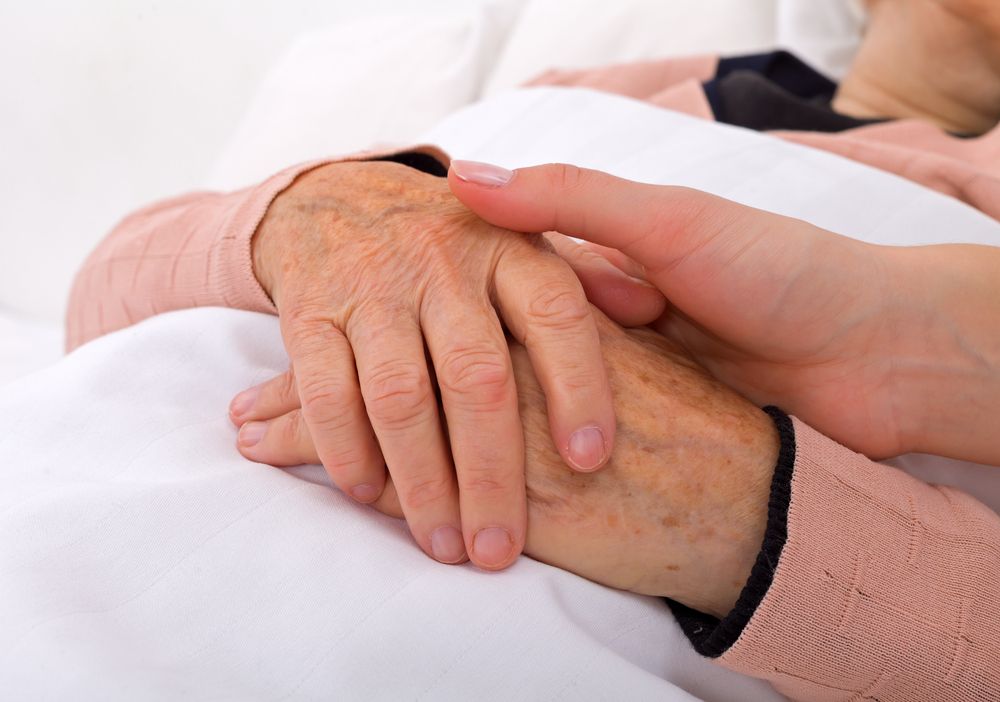Home Care Tips for Common Medical Devices
A cancer diagnosis brings about many lifestyle changes and may have far-reaching implications. Some patients face immediate challenges during treatment as they adapt to their new lifestyle. Both patients and caregivers may find themselves researching topics such as catheter use, inserting tubes into veins and getting a chestport implanted.
The following devices are some of the more common apparatuses that cancer patients, and their families, may need to become familiar with during treatment.
Chestport
Also known as an implantable vascular access port, a chestport is a device that is implanted under your skin so that medications may be delivered directly into your blood system. Once the skin heals over it, the port does not usually cause any discomfort. The chestport is designed for safe, long-term use in your body and it can stay in place permanently if necessary.
When not in use, the only care a port requires is flushing once a month with a solution of heparin and saline to prevent blood clots from forming inside the line and causing a blockage.
The port can be used to deliver medication or draw a blood sample by inserting a special needle into the port. The needle connects to the catheter inside the port; the other end of the catheter is located inside a fairly large blood vessel. Using a port avoids having repeated needle sticks to start IVs or draw blood samples. The area around the incision will likely be red and sore for one to two days after implantation. If soreness lasts longer, please call your doctor.
Foley Catheter
A Foley catheter is a soft plastic tube that is inserted into the bladder to drain urine into a collection bag. A balloon on the end of the catheter in the bladder holds it in place. A long term or indwelling catheter may remain in place for days or weeks depending on why your physician feels it is necessary. Care of an indwelling catheter must include daily cleansing of the urethral area (where the catheter exits the body) and the catheter itself using soap and water. Empty the bag every day and whenever it is more than half full.
During the day, you can wear a leg bag to collect urine. Use the leg bag when you are up and moving around. If you’re resting for a few hours and at night, use the night bag to avoid overflow and infection.
Do not allow the outlet valve to touch anything. If the outlet becomes obviously dirty, it should be cleaned with soap and water. Remember to wash your hands before and after handling the catheter.
PICC Lines
A peripherally inserted central catheter (PICC) line is a thin, flexible tube that is inserted into a vein in the upper portion of the arm. It is used for those who may need long term or continuous therapy involving:
- IV medication (antibiotics, chemotherapy, etc.)
- IV nutrition
- blood transfusions
- frequent blood samples
PICC lines, which are inserted by a doctor, eliminate frequent, potentially painful IV changes. This type of IV can stay in place for weeks to months depending on your needs or your course of treatment. Once you are home, caring for your line is very important.
Roswell Park has patient education brochures about chestports, and how to care for your Foley catheter or PICC line. Ask your nurse or visit the Resource Center for Patients & Families on the first floor of the hospital, inside the Sunflower Café (cafeteria). If you or a loved one is using any of these devices, and have any questions, please don’t hesitate to contact your health care provider or call your Roswell Park clinic.
